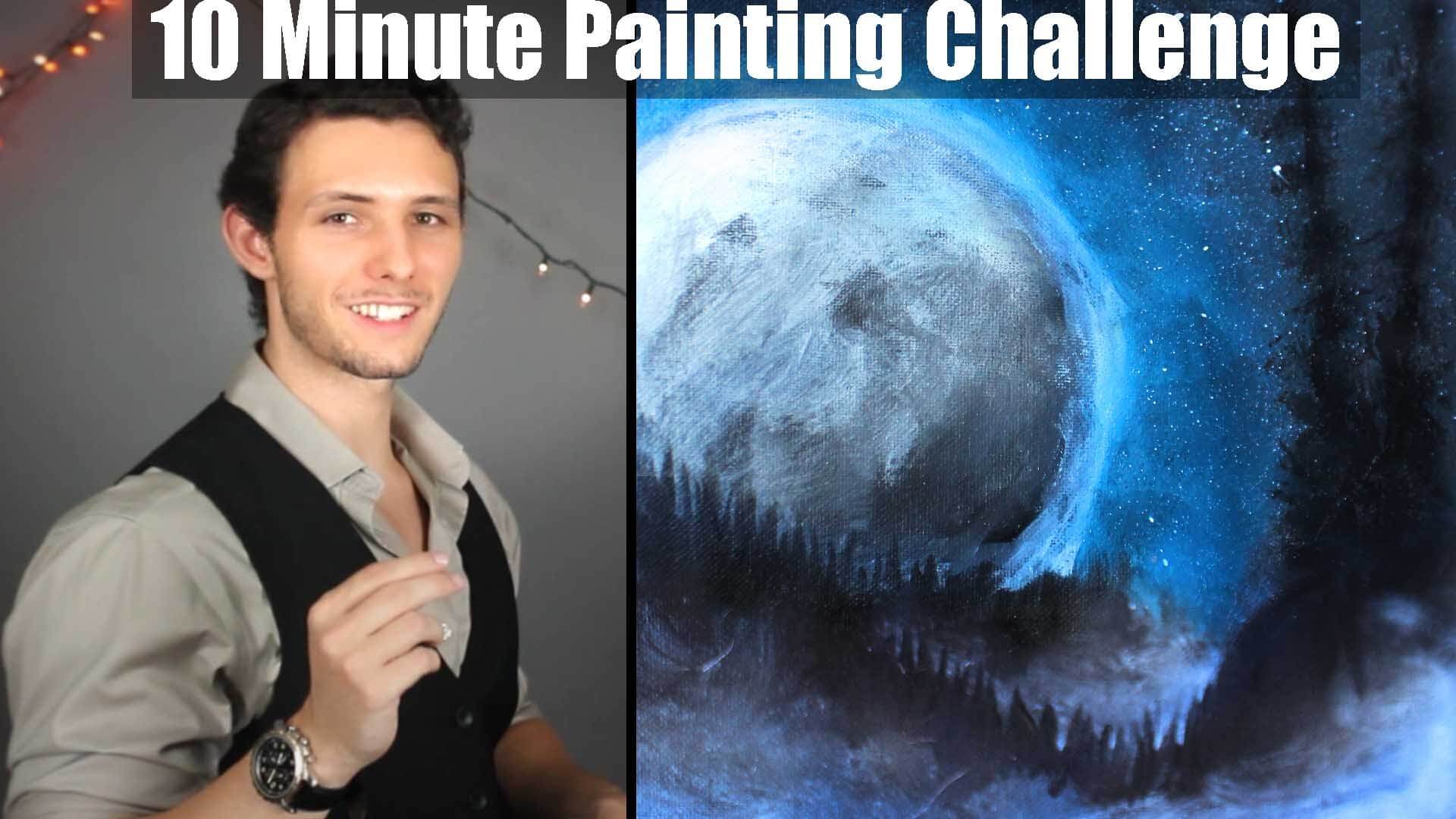
Watercolor painting is extremely old, dating perhaps to the cave paintings found in various civilizations. Painting with watercolor can become a very addictive pastime. Watercolor is not a medium to be mastered or conquered. The accidental effects and unpredictable behavior of different pigments are what make watercolor so interesting.

